When we came across Joan Trinh Pham, who calls herself a hybrid, of artist, modern palmist, and palliative care nurse, we knew we had to meet her. A “meaningful conversations expert”, her favourite things to talk about are hand analysis, death, and dying. But Joan is not going to tell you when you’re going to die. Instead, she’ll read your fingerprints to show you your life’s purpose, and show you how to die awesome, by living a life that’s boundless.
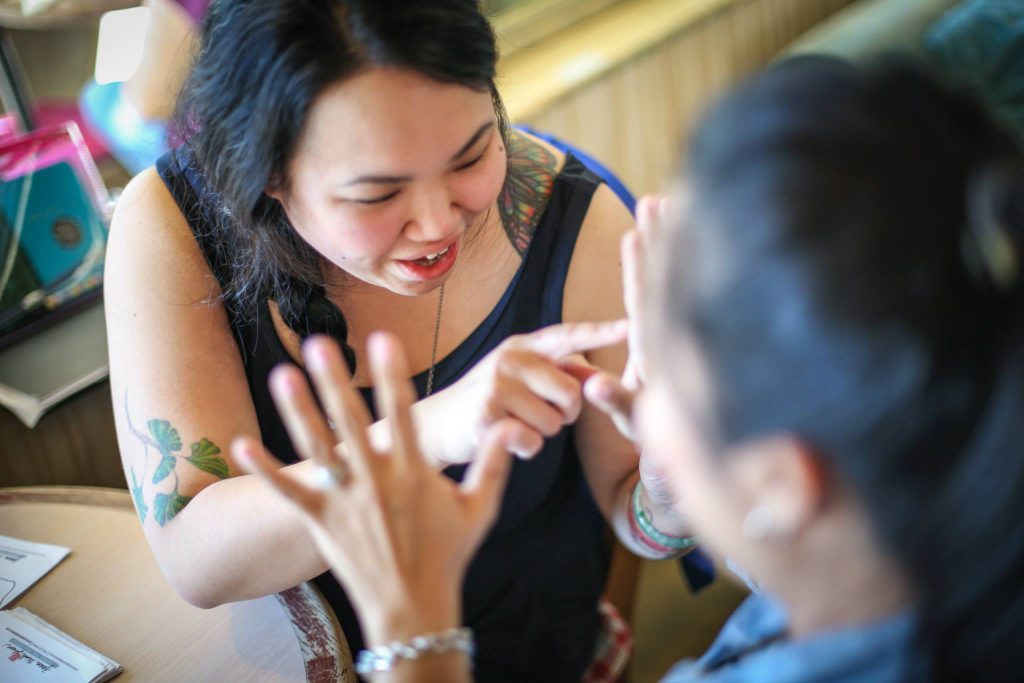
Where did you go to school and what did you study?
I applied to go to UBC to do my undergrad—they still had their straight nursing stream. That was a life-changer because I discovered what the role of a nurse was and how different it was from being a doctor, and the interesting historical pieces around how nurses have contributed to public health and to the role of women. Nursing for me encompasses teaching, because we’re teaching all the time.
Did your childhood or background affect your career choices in any way?
I am first generation Vietnamese. My parents came as boat people to Canada and their upbringing was really conventional. So coming from a poor farmer background, they were really keen for me to pick a career that was understandable for them. The usual choices were doctor, lawyer, or dentist. Or if you wanted to be a little bit different, maybe engineer. But those on my spreadsheet were not conventional choices. I really gravitated towards being a teacher.
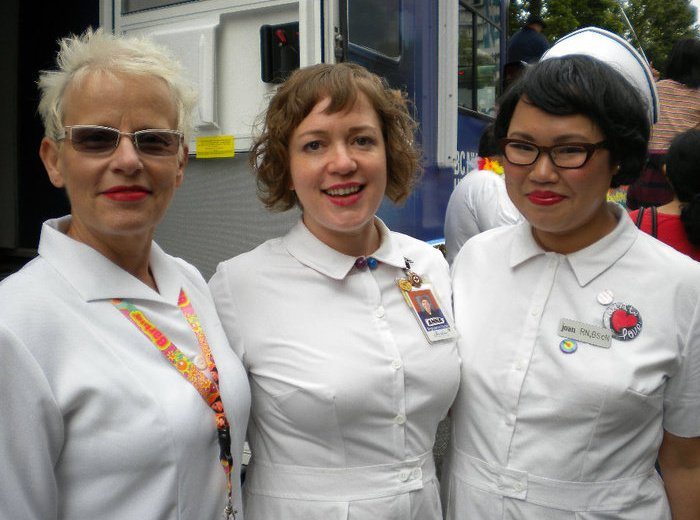
How long have you been a nurse?
I’ve been a nurse since 2005, so 12 years now.
What made you choose to become a palliative care nurse?
When I went into acute medicine at VGH, I had three deaths back to back in one set. The three deaths that happened were so different. I saw an elder who died in a four-bed room surrounded by his family, and it just felt so good and supported. Then there was an elderly woman who had fallen and cracked her ribs, and she had very severe pneumonia. Then there was the death of a man in his early 40s who had colorectal cancer. His girlfriend was such a lovely person, and she was grieving but could also laugh about what was happening.
I thought, holy cow, I have no idea how to deal with these. So I ended up taking a position at St. Paul’s palliative care unit with the intention to grow in my skill set and develop a lot more experience. I fell in love with the work. It was so interesting and to me, it felt like a really honest way of practicing medicine.
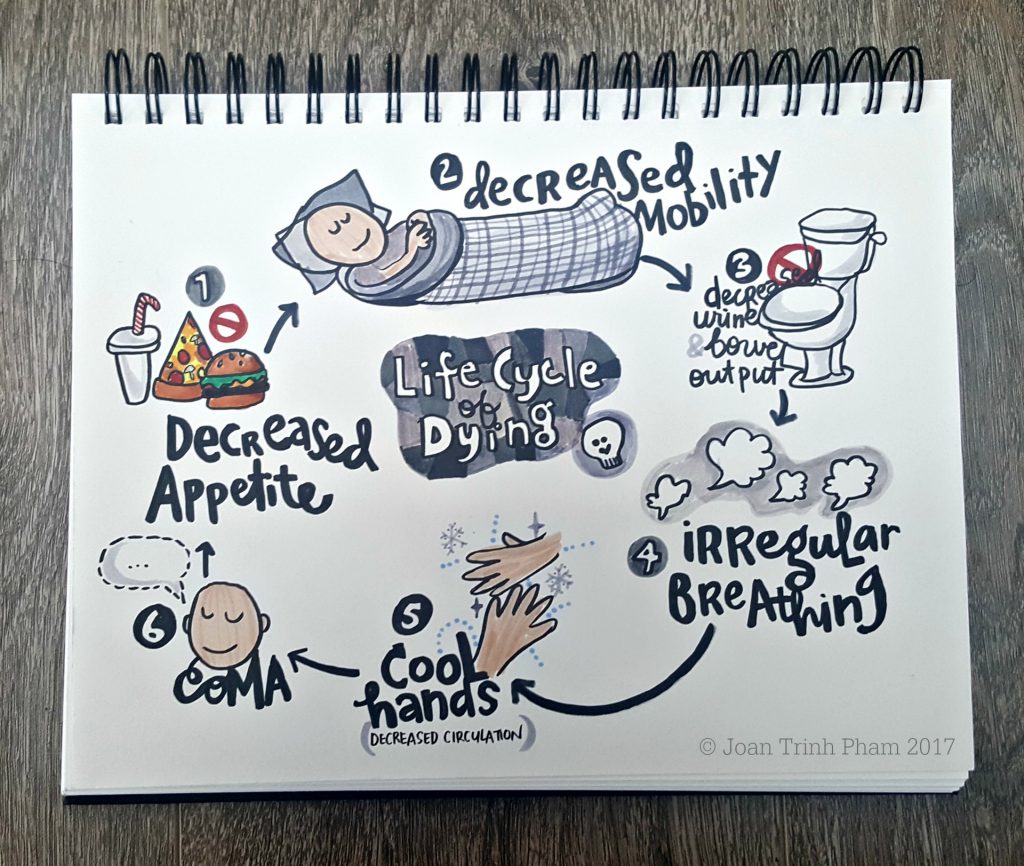
Can you tell us about the kind of artist that you are and how you treat that in your life?
It occurred to me that maybe I could fuse my drawing skills with my nursing experience and create something completely unique. I got really interested in graphic novels that have some medical narrative to them or comics that have some kind of science-y education piece to it. It was through that stream that I started doodling for fun. So that’s how it came about. I’m always creating, and experimenting, celebrating.
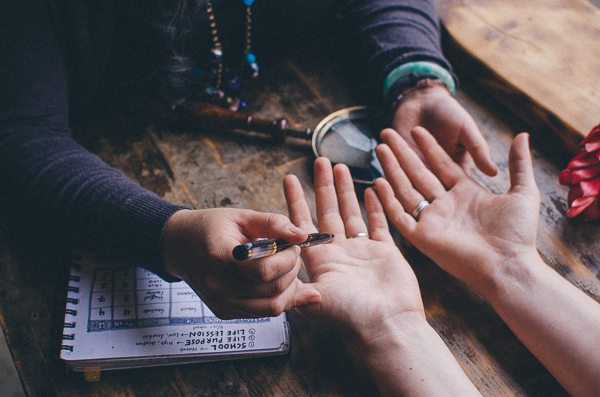
How did you become a hand reader?
Hand analysis was the wild card I never saw coming. In the summer of 2013, I was invited to a potluck and hand reading circle. The hand reader was Richard Unger, the man who pioneered the system of hand analysis that I study, and he said, this is a non-predictive style of hand reading. This is a system of symbols and translating hand topology with personality stuff, and anyone can learn it.
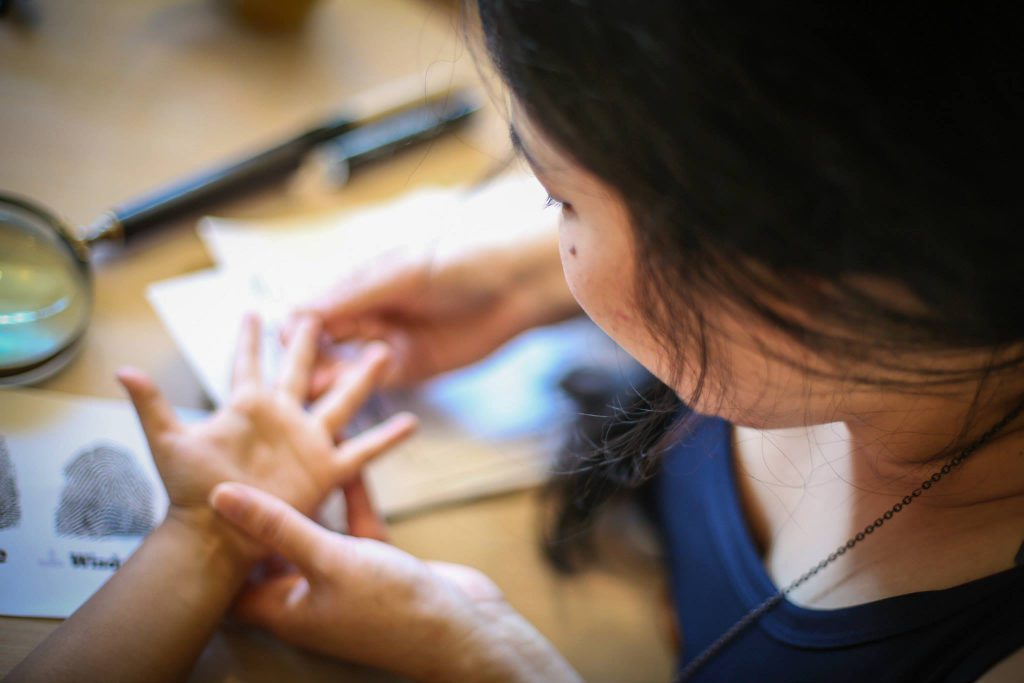
When he read my hands, I really appreciated the naming of the things I knew about myself—it was almost like permission slips in my hand to say, ah, of course, this is why you’re such a weirdo! I became obsessed with it. Hand reading gave me a language to talk about stuff that I was fascinated with—about people and why they do the things they do, and the ingredients of wellness that were hard to discuss.
“What is that extra thing that gives you lush, 3D wellness, that glow that supersedes the physical side? You can take that with you everywhere in life, and not just at the end of your life.”
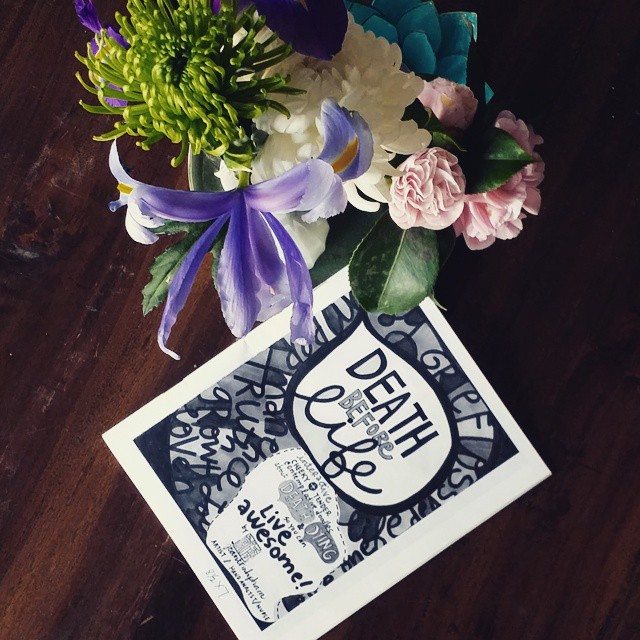
With all that you have become, what is your mission?
To revolutionize how we die.
After I started studying hands, I noticed that the energy associated with dying is very much akin to surrendering or letting go. Why are some people whose bodies are breaking down having parties? Or having hard time breathing but they’re still cracking jokes? I think that it’s in their resilience around that, and embracing that energy, not knowing what the outcome is, but going with it. I saw opportunities to incorporate that in everyday life, that help for people to come to the natural end of their lives. I want to take that whole eloquence and fluency around surrender and death, and have people more easily recognize it in life. That’s my overall mission.
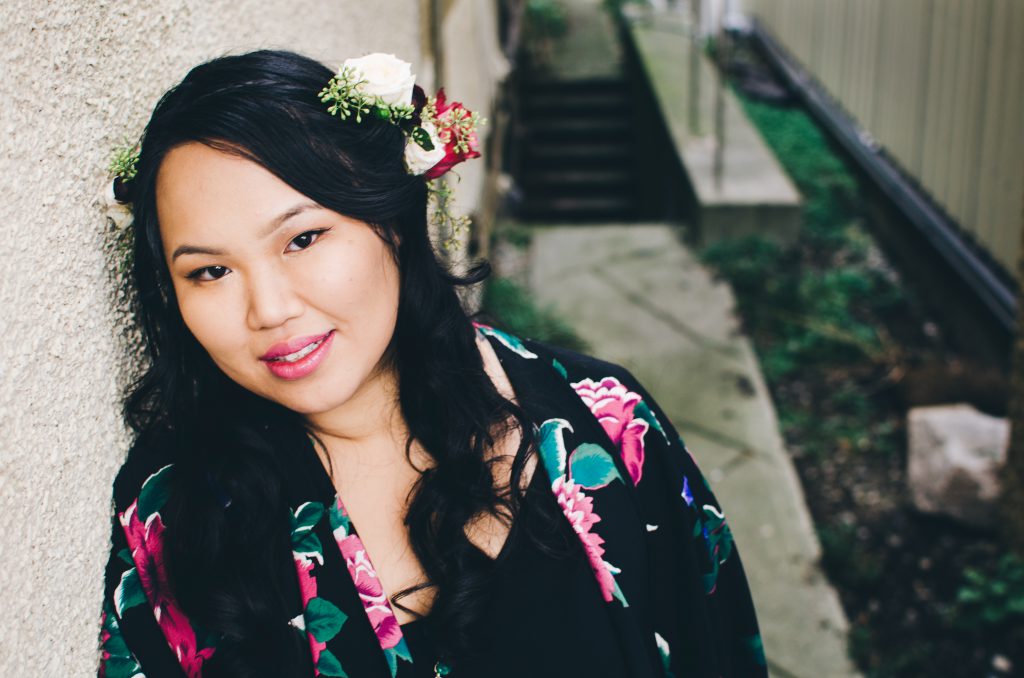
In your conversations about death, you use the term “sparkly eyes”.
I meet some people in hospitals where their bodies are breaking down, but their eyes are sparkly. There’s something that seems so vital and alive about them despite the fact that their bodies indicate that they’re not going to be here for very long. Then on the bus, there’d be people with flat eyes, and it was like they were zombies. What is that extra thing that gives you lush, 3D wellness, that glow that supersedes the physical side? You can take that with you everywhere in life, and not just at the end of your life.
There’s something more to us. You can call it spirituality, energy, or whatever you like, but that’s the capacity to connect with the bigger part of us that’s not just bound by physicality. And to give room and expression to that, I think that’s so powerful.
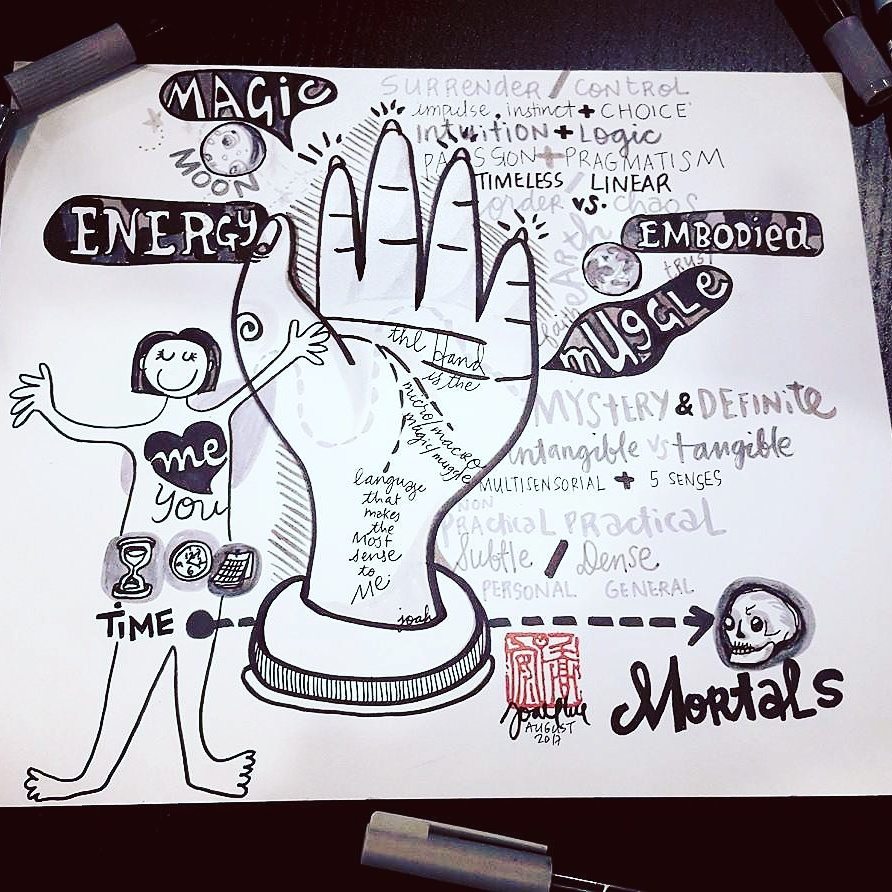
What are you going to do next?
I’m going to try and deliberately weave nursing with creativity. I’d like to figure out how to make really simple educational modules that are impactful: one about how to have goals of conversation and the second one is around the life cycle of doing. It helps people to wrap their minds around what actually happens when somebody’s body is naturally shutting down in the natural process of death. It’s the other most frequently occurring conversation I have with families, and I find that helps them anchor into the situation. If can find a way to capture this in some kind of a teaching module, then have them liberated and live online, that would be awesome.
Photos by Heather Pennell, Bien Matute, and courtesy of Joan Trinh Pham. This interview has been edited and condensed.
You can find Joan at www.joantrinhpham.com and on Instagram: @themodernpalmist and @joantrinhpham.

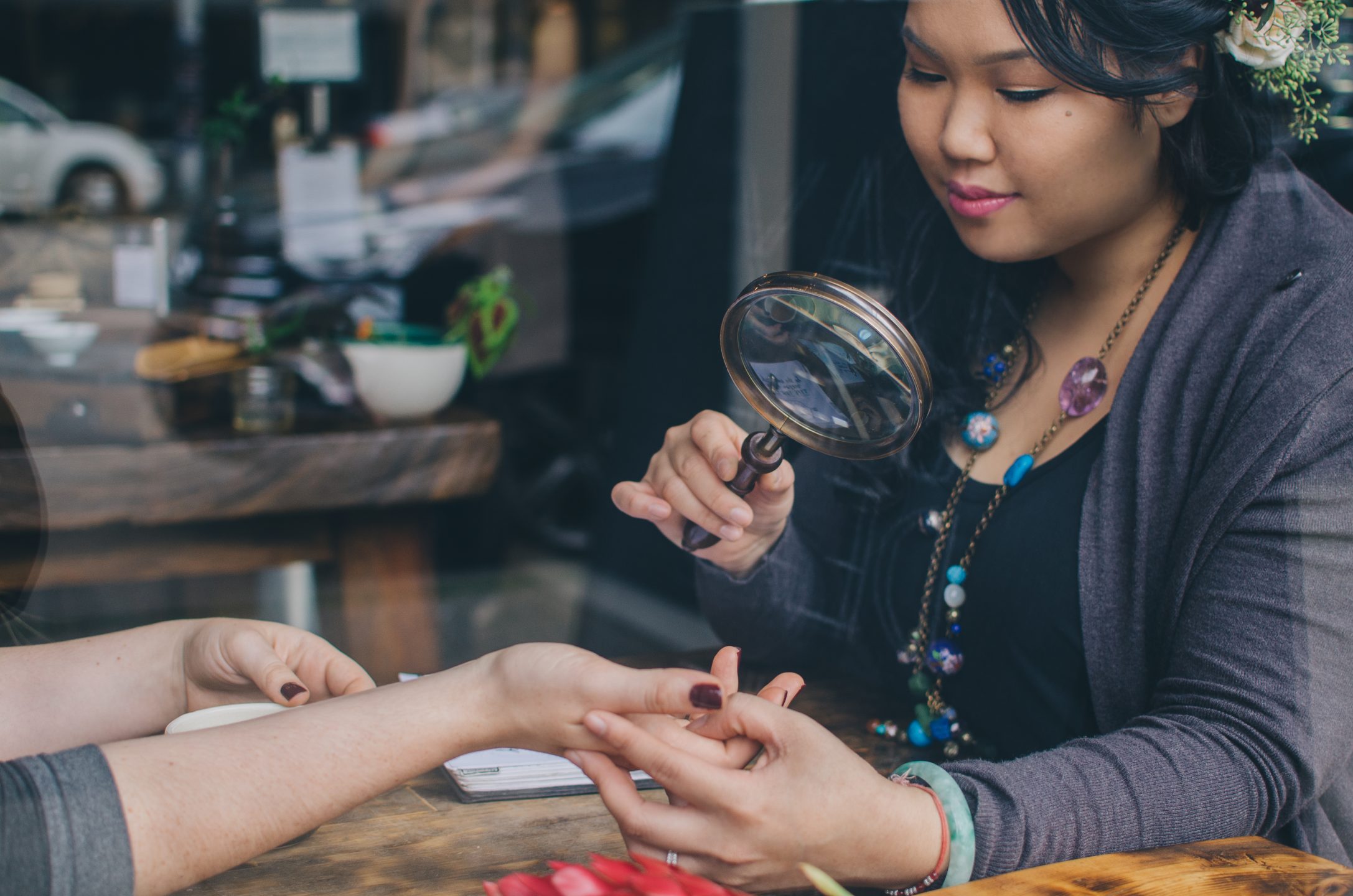
jOAN……I SO ADMIRE THE WORK YOU ARE DOING……THANK YOU